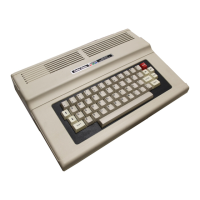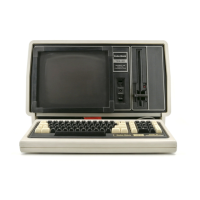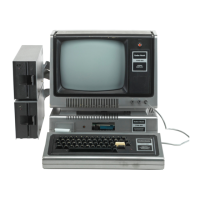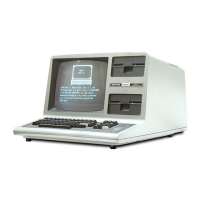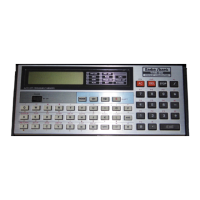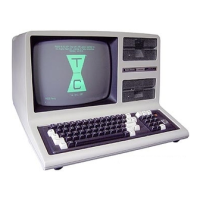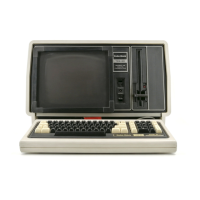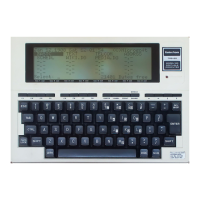TRSDOS
m
Description
of
TRSDOS
What
Is
TRSDOS?
trsdos
(pronounced
"triss-doss") stands
for "trs-80 Disk
Operating System.'
It fulfills
three
roles:
1
.
Master
Program
2.
Command
Interpreter
3
.
Program
Manager
As the
master
program, trsdos
enables the
microprocessor and
its various
components to
interact efficiently.
The components
include:
•
Random
Access Memory (ram),
trsdos
reserves space for its
own needs
and
allocates space
for user programs.
•
Disk
Drives, trsdos interfaces
with the
disk
hardware
and
provides a file
system
for storing
system and user data
on diskettes.
•
Input/output
devices. These
include the
keyboard, video display,
printer,
and
rs-232~c
equipment.
trsdos is
also a
command interpreter.
Whenever it displays
TRSDOS READY,
you
may
enter
commands that control
how
the
system works.
These are known
as
"library"
commands.
In its
role
as program manager,
trsdos will load
and run system or
user
programs.
During this time, the
system or user
program is in
control of the
Computer.
Figure
7
illustrates the relationships
between these
three roles.
Where
Does
BASIC
Fit In?
Referring to
Figure
7,
you'll see
that Disk basic
falls under
the "language
package"
category.
Disk
basic
consists
of
some general enhancements
to Model
III basic, plus the
disk
input/output
capability. It uses Model III basic
(stored in
rom) whenever
possible. For
instance, the Model III basic rom includes
all of
the mathematical
functions.
If
you're used
to the non-disk system, there's one
difference you
should
understand from
the beginning: In the non-disk system,
basic is in
control when
you
start-up.
In the disk system,
however, trsdos is in
control when you
start-
up. You
have to tell trsdos to load and
run basic. Only
then can you
begin
running a
program written in basic.
17
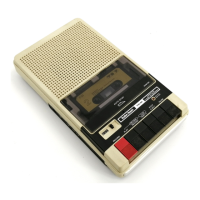
